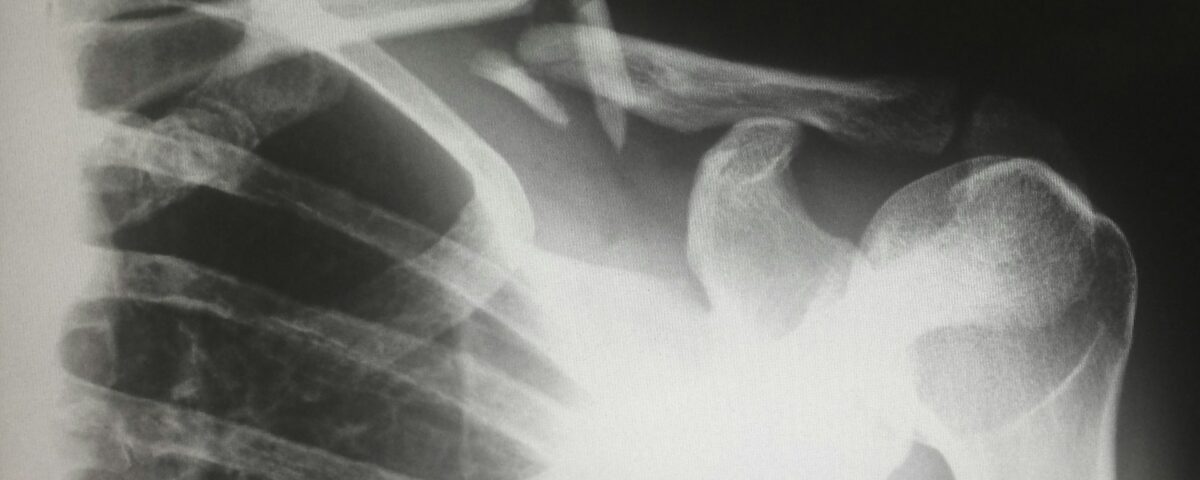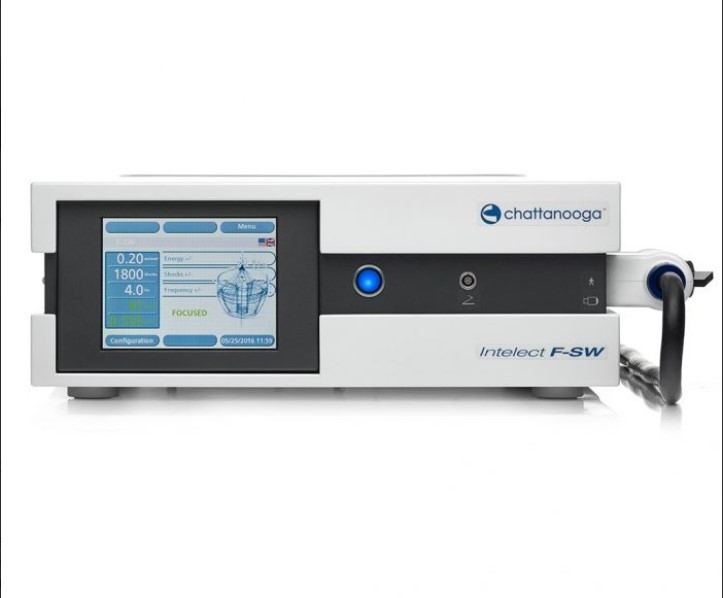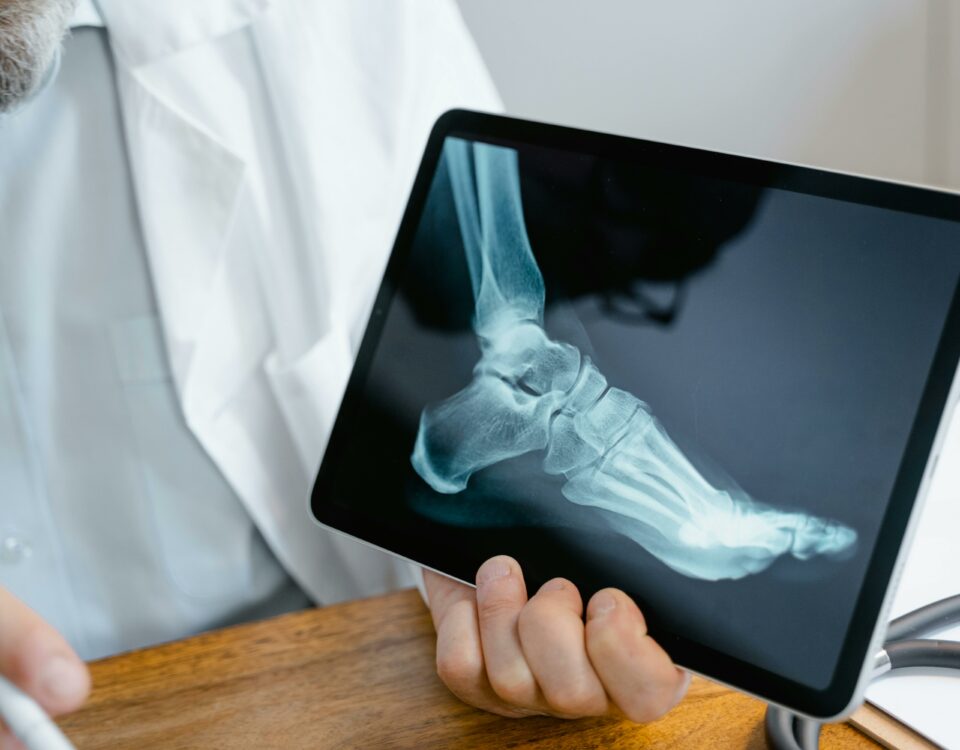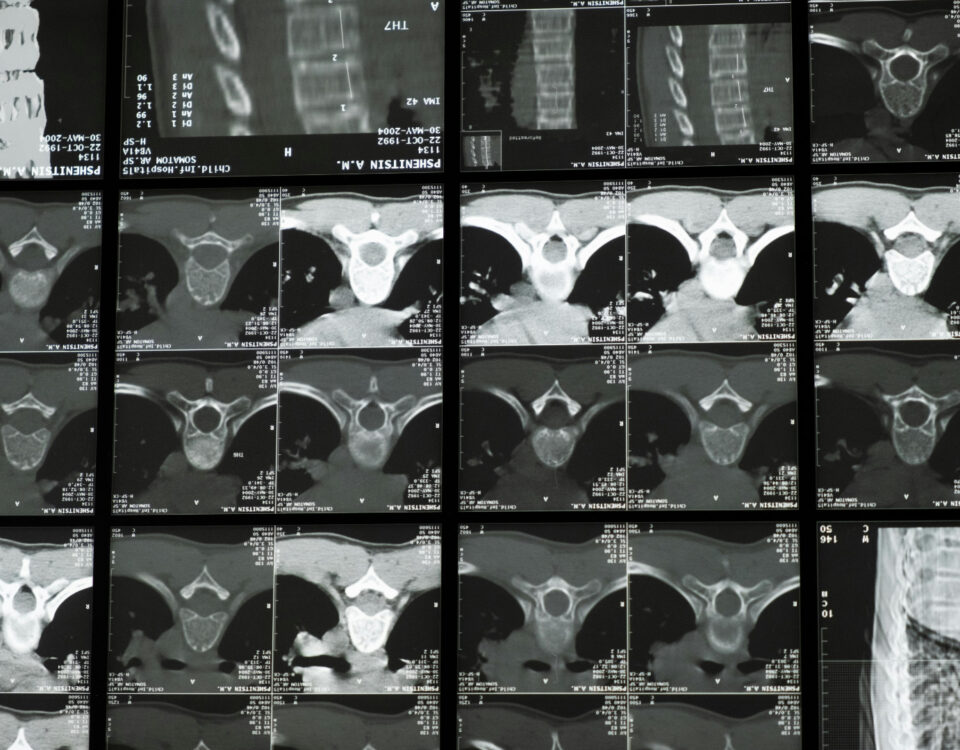
Blue Heron now has a second location in SE Portland!
July 20, 2024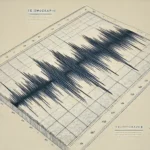
Curious about Shock Wave?
September 20, 2024X-Rays after an Injury can be Valuable
X-rays are valuable and can be used to help diagnose and treat spinal injuries, such as those that occur after a car accident or other injury. They can show damage to the vertebrae, which are the bones that surround the spinal cord, and can also help identify other issues:
Fractures: Cracks in the vertebrae or surrounding bones and ribs
Malpositions and Dislocations: Joint orientation changes between the vertebrae
Tumors: Unexpected abnormal masses of cells
Arthritis: Joint arthritis between the vertebrae
Disc problems: Degeneration of the discs between the spinal bones
Deformities: Abnormal curves of the spine, such as scoliosis
Osteoporosis: Thinning of the bones
Infections: Problems in the neck bones
Congenital conditions: Problems present at birth, such as spina bifida
X-rays can also help us consider referrals for surgery or check the results after a procedure. They can also help doctors of chiropractic find the cause of pain, numbness, or weakness, and recommend appropriate treatment.
Are X-rays after an injury Valuable?
Working with chiropractic and physical therapy every day in our clinic, we understand the importance of a comprehensive approach to assessing and managing spinal conditions. While postural observation and physical examination are essential, the utilization of plain radiographic imaging, also known as plain film X-rays, can provide invaluable insights into spinal health and biomechanics.
What changes can X-rays help identify ?
Plain film X-rays allow us to quantify and analyze various spinal parameters that are difficult or impossible to accurately assess through visual inspection alone. These parameters include cervical lordosis, thoracic kyphosis, lumbar lordosis, pelvic incidence, sacral slope, and sagittal vertical axis, among others. Deviations from normal values in these measurements can indicate underlying spinal imbalances, which may contribute to increased stress on the spine, altered movement patterns, and an increased risk of pain and degeneration.
By thoroughly evaluating these radiographic measurements, we can identify potential predisposing factors for conditions such as degenerative cervical spondylotic myelopathy, disc degeneration, and spondylosis at an early stage. This early detection allows us to implement preventive strategies, such as targeted exercise programs, postural awareness training, and customized treatment plans, with the aim of slowing or preventing the progression of these conditions.
Can X-rays be used to determine recovery?
Plain film X-rays can be invaluable in tracking the effectiveness of our conservative interventions. By comparing pre- and post-treatment radiographs, we can objectively assess changes in spinal alignment, curvatures, and overall biomechanics. This quantitative data enables us to refine our treatment approaches and optimize outcomes for each individual patient. At the same time, we typically won’t need to X-ray you again if your recovery goes well.
Are we working off of the X-ray alone?
While plain film X-rays are not a substitute for a comprehensive clinical evaluation, their strategic use in conjunction with other diagnostic tools and physical examination findings can enhance our ability to manage spinal health effectively. At Blue Heron Chiropractic, we prioritize a multidisciplinary approach that integrates the latest evidence-based practices, including the judicious utilization of plain film X-rays, to deliver personalized, comprehensive care for our patients.
Like our Blog?
Want some more chiropractic reading? See our most recent post with more about our new location, or try our earlier one on Radial ESWT Shock Wave Therapy. Remember also that you can always search the site for prior helpful material – use the search tab at the top.
Blue Heron now has a second location in SE Portland at 5118 SE Powell, Suite B, inside Accurate Injury Care and Wellness. Both locations can be scheduled from our same phone number or this website. Click here or call for an appointment

